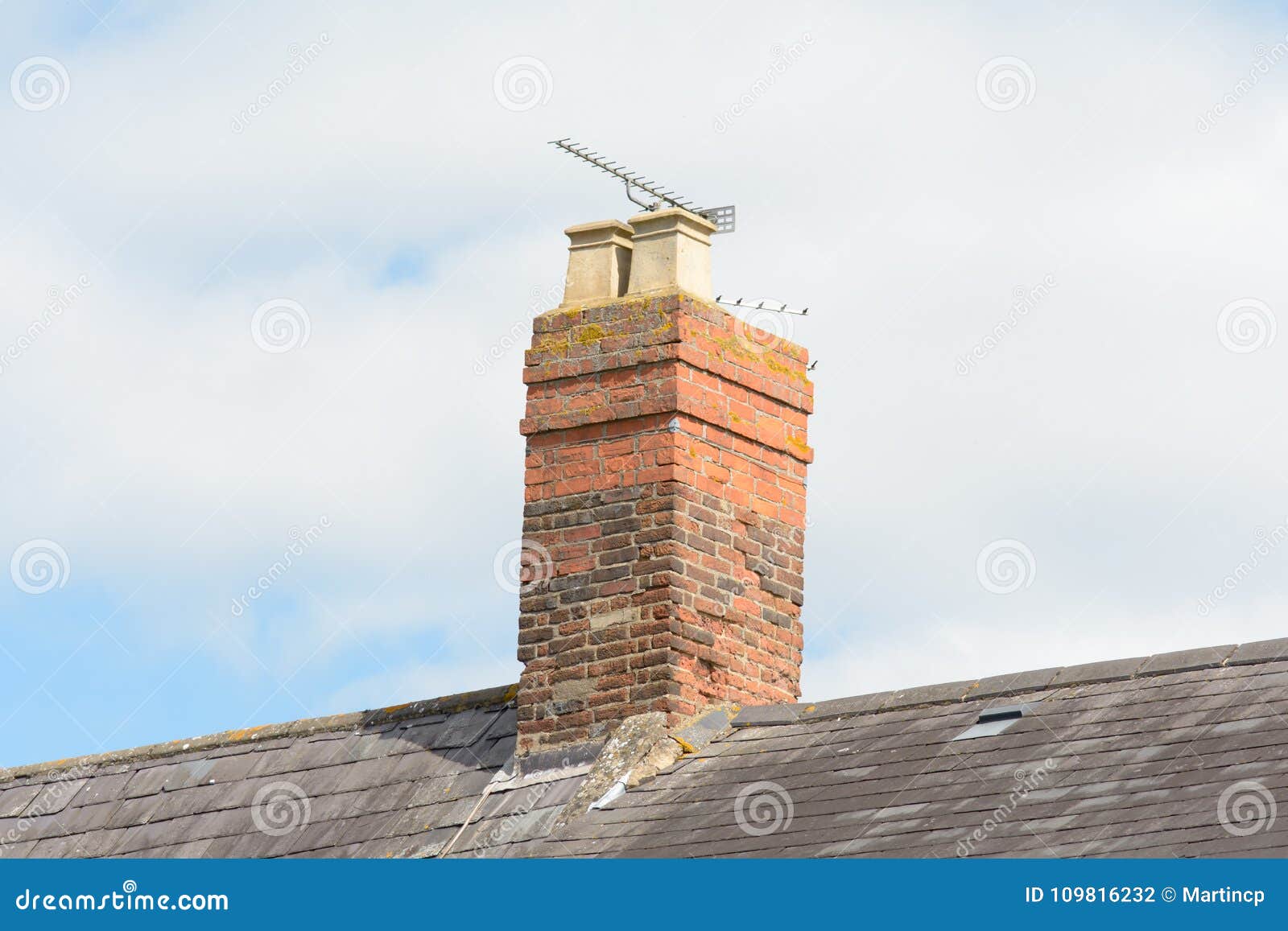

Structural damage results when the methods used aren’t efficient. Now, this is very risky on many levels.įirst, you stand the risk of injury which may result from falling off due to proper harness or other safety too.Īnother risk you’re likely exposed to when carrying out a DIY procedure is the likelihood of structural damage. Sometimes, homeowners may be tempted to carry out a chimney removal process themselves without calling in the experts. Such professionals are skilled and experienced in the handling of all sorts of complex chimney jobs including removal. Having called your chimney removal technician or company, you’ll need to step back and allow them to get the job done. Also, the amount budgeted for this project will determine how far the removal needs to go.Īfter your chimney breast is removed, it leaves a hole in the floor and wall that needs to be fixed or covered. The way your chimney is installed will determine if it needs to be removed or not. During a chimney removal, not all chimney breasts will need to be removed too.
#Chimney stack menu professional#
Now, this needs to be handled by a professional as anything less than that may result in structural failure. In other words, it involves a lot of work.

The procedure required for removal involves much more than breaking up some mantle and bricks and painting over the space created. Removing a chimney breast on the other hand is restricted to the part of the chimney found within the building. The hole left on your roof will have to be patched up properly. Now, the bricks are removed until the chimney is flush with the roof. This is because only a section of the structure is focused on. The removal of a chimney stack alone is known as partial chimney removal. Impact hammer or mini-jack are other tools that help make the process much efficient. To remove this section of the chimney, it will need to be performed brick by brick with the help of a chisel and hammer. For such structures, the stack will likely connect to multiple flues. Removing a Chimney Stackīefore the removal process begins for a chimney stack, it’s necessary to inform your neighbors if you live in a shared structure. These will need to be built or filled up to fully complete the removal process. Having successfully carried out the removal process (both stack and breast), you’re left with a gaping hole or space that can’t be ignored. Three Basic Steps For A Chimney RemovalĬhimney removal is a highly delicate one that includes loosening parts of your structure. Given this, we’ll be discussing each of the processes involved in removing both the stack and breast sections of a chimney. Now, removing each of these parts of the chimney will require a different approach. All of these parts are crucial to a chimney’s smooth functioning. In other words, it’s the part found within the home or below the roof. The chimney breast on the other hand is the part of the chimney which isn’t visible from the outside. This can also be called the external structure of the chimney. The chimney stack is the part that projects above the roof and ends with a chimney cap. Your chimney consists of two main sections the stack and breasts. To begin you must know that a chimney consists of two main sections the stack and breast. Does Cost Play A Part in A Removal Process?.Three Basic Steps For A Chimney Removal.16" Bottom collar to keep out rain and maintain proper internal venting required.Designed to fit double or triple-wall, air-insulated, factory-built chimneys.The spark screens that would fit this cap are the Vacu-Stack 1/2'' Spark Screen or the Vacu-Stack 1'' Spark Screen. Product Note: This item does not include a spark screen, It must be purchased separately. A special large 16" bottom collar rests underneath the cap to keep rain from entering the air-insulated chimney and maintain the proper internal venting that is required. This Vacu-Stack Air Cooled Chimney Cap features a unique design that actually increases the draft when the wind hits it as opposed to deflecting it down the chimney and overpowering the draft. By accelerating air flow around the Vacu-Stack, flue gasses are forced to flow up and out of the chimney. It is designed to fit double or triple-wall, air-insulated, factory built chimneys to stop wind from blowing into the chimney regardless of the wind direction.

The Vacu-Stack Air Cooled Chimney Cap is the best solution for wind induced downdrafts.


 0 kommentar(er)
0 kommentar(er)
